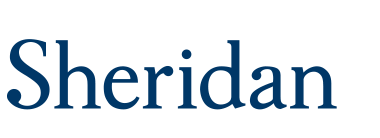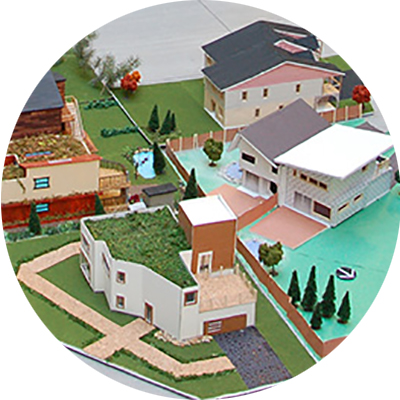Document Type
Article
Publication Date
2014
Keywords
education, architecture, teaching and learning, creativity
Abstract
In anticipation of the arrival of a new creative economy there is much interest, debate and research in the study of creativity, creative learning and teaching, the nature of creative genius, creative play, imagination and invention and in educational policy making. If David Boud is correct in his opinion that “assessment methods and requirements probably have a greater influence on how and what students learn than any other single factor (Boud 1988) then the development of the techniques, tools and methods for the assessment of creativity must be developed and tailored to suit the many disciplines of study that arise from the multiplicity of academic cultures.
Here at Sheridan College this anticipation of the coming creative economy has resulted in an opportunity to re-invent curriculum in conjunction with a new institution-wide “Be Creative” pedagogical initiative. Educators at Sheridan implementing this mandate need to be cognizant of the fact that a learning concept must be evaluated in order to be included in the respective course outline as a learning outcome. This means that we cannot simply add a learning outcome like the following “Foster personal creative development through enhancements in a student’s personal creative process” to our course outlines without changing our evaluation strategies as well.
However, the assessment / evaluation component of education reform seems to lag behind all the other scholarly research activity regarding creativity. Many educators believe that the development of clear evaluation criteria will influence the design process negatively by predisposing certain suggested approaches. Many educators believe that open-ended design questions require flexible, open-ended evaluation schemes that would stifle creative grading if restrictive criteria were put in place. New evaluation methods must share objectives with all those interested in creative teaching, learning, standardized examinations and testing, certification, promotions, and professional qualifications or these methods will be unable to achieve authority and legitimacy within the educational community.
Faculty
Faculty of Applied Science & Technology
School
School of Architectural Technology
Peer Reviewed/Refereed Publication
no
Terms of Use
Terms of Use for Works posted in SOURCE.
Associated Content
Juxt - Suppose: a Graphic Definition of the Creative Process
Copyright
© Ken Snell
Creative Commons License

This work is licensed under a Creative Commons Attribution-Noncommercial-No Derivative Works 4.0 License.
SOURCE Citation
Snell, Ken, "Towards a New Paradigm in Architectural Education" (2014). Faculty Publications and Scholarship. 2.
https://source.sheridancollege.ca/fast_arch_publ/2


